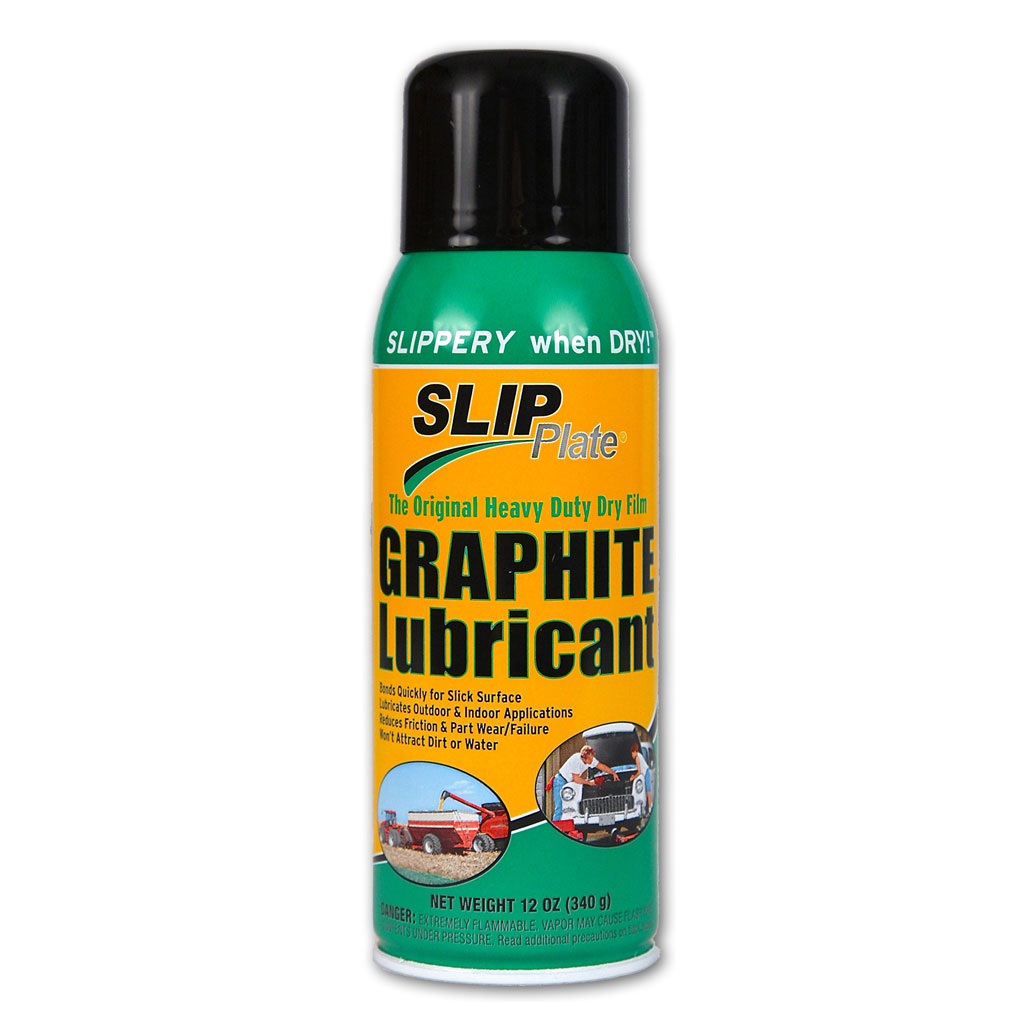janeb23
Member
Hi! 
I have a '52 Super 263 and I just bought a new (reproduction) exhaust manifold and valve body for it. The intake manifold cleaned up ok, but I'm wondering whether I should have it blasted to bring it up to 100% for the rebuild. (I used a combination of oven cleaner and evaporust (which actually left behind a dusty grey residue that I can't entirely remove and am a little concerned about)).
I have seen a number of threads concerning the gasket but have yet to see much of a concensus on what to use. As for protecting the manifolds, do I need to paint or ceramic coat them, or is it okay to just leave them how they are? I'm on a bit of a budget and I'm mainly concerned with functionality; I don't mind a bit of rust if it isn't going to hurt anything.
Any and all input will be greatly appreciated!
Thank you,
-Jane
I have a '52 Super 263 and I just bought a new (reproduction) exhaust manifold and valve body for it. The intake manifold cleaned up ok, but I'm wondering whether I should have it blasted to bring it up to 100% for the rebuild. (I used a combination of oven cleaner and evaporust (which actually left behind a dusty grey residue that I can't entirely remove and am a little concerned about)).
I have seen a number of threads concerning the gasket but have yet to see much of a concensus on what to use. As for protecting the manifolds, do I need to paint or ceramic coat them, or is it okay to just leave them how they are? I'm on a bit of a budget and I'm mainly concerned with functionality; I don't mind a bit of rust if it isn't going to hurt anything.
Any and all input will be greatly appreciated!
Thank you,
-Jane



